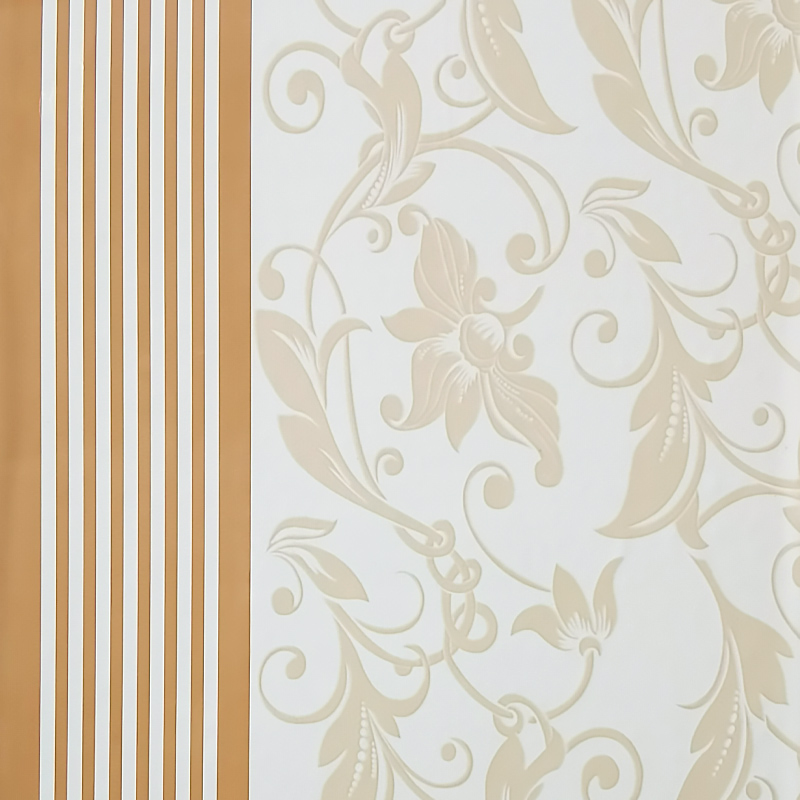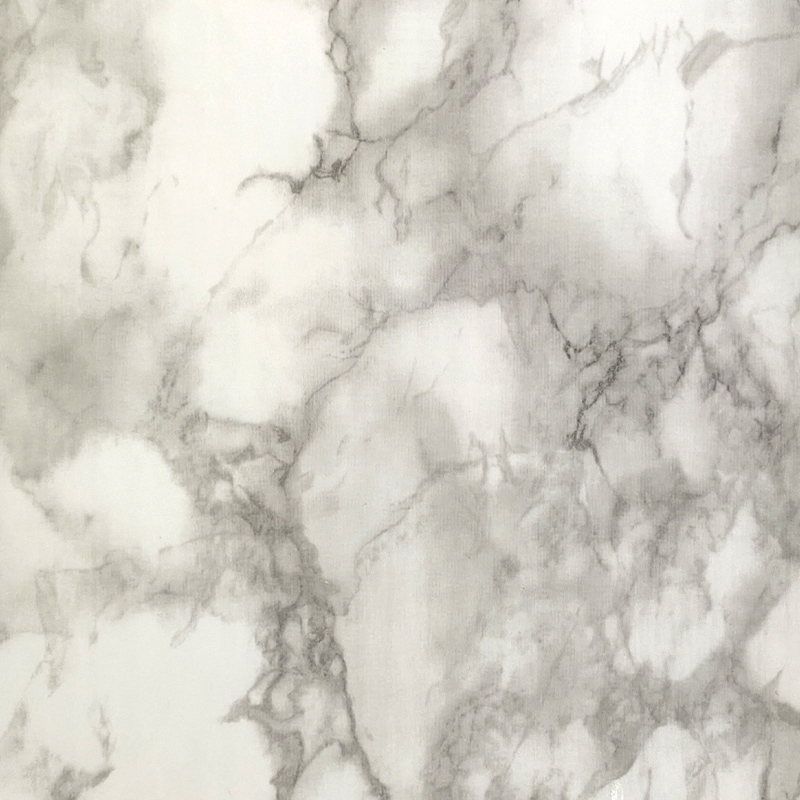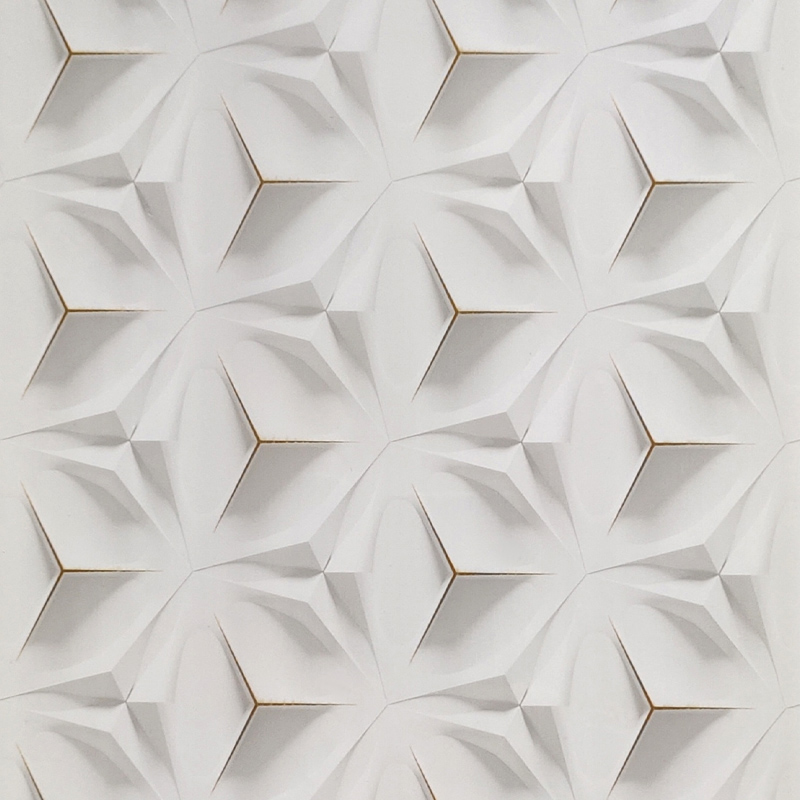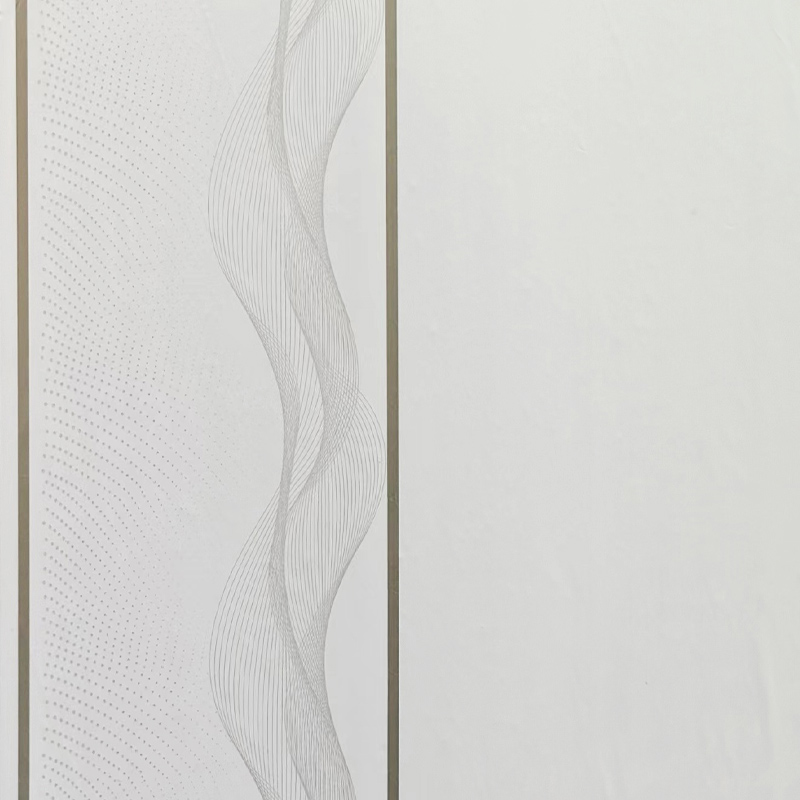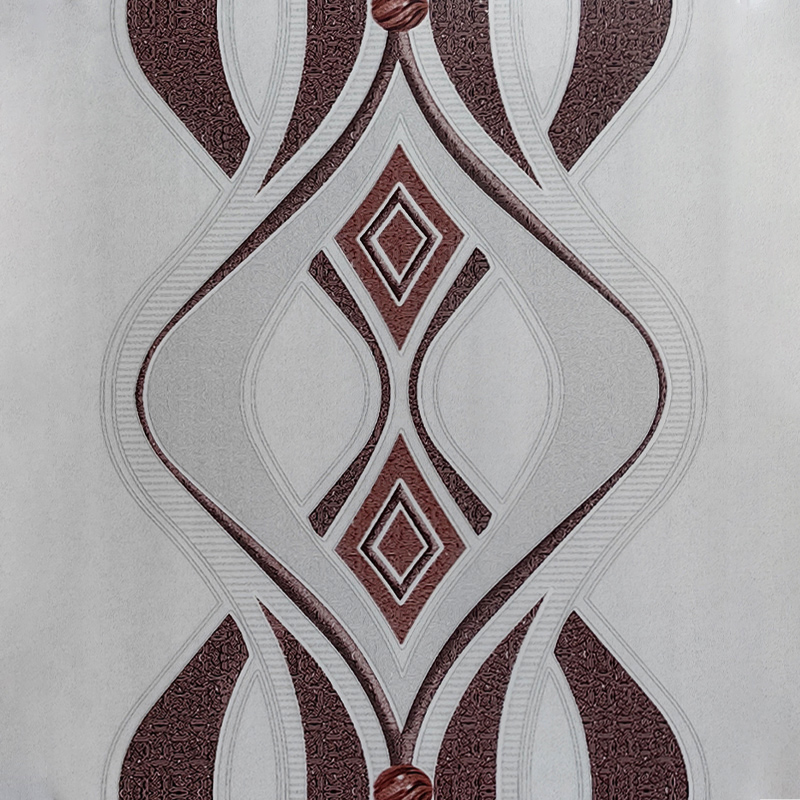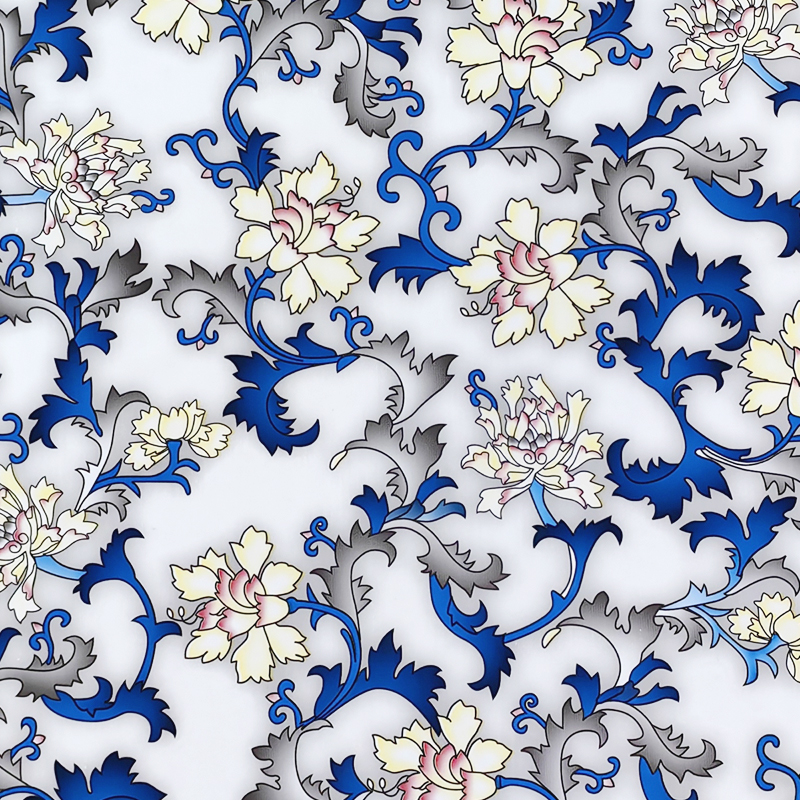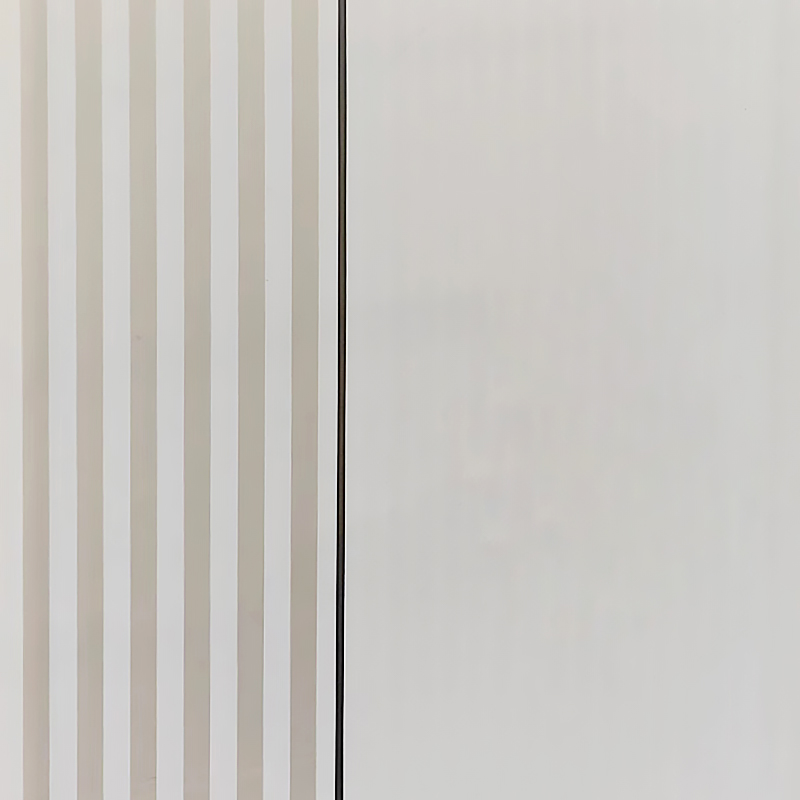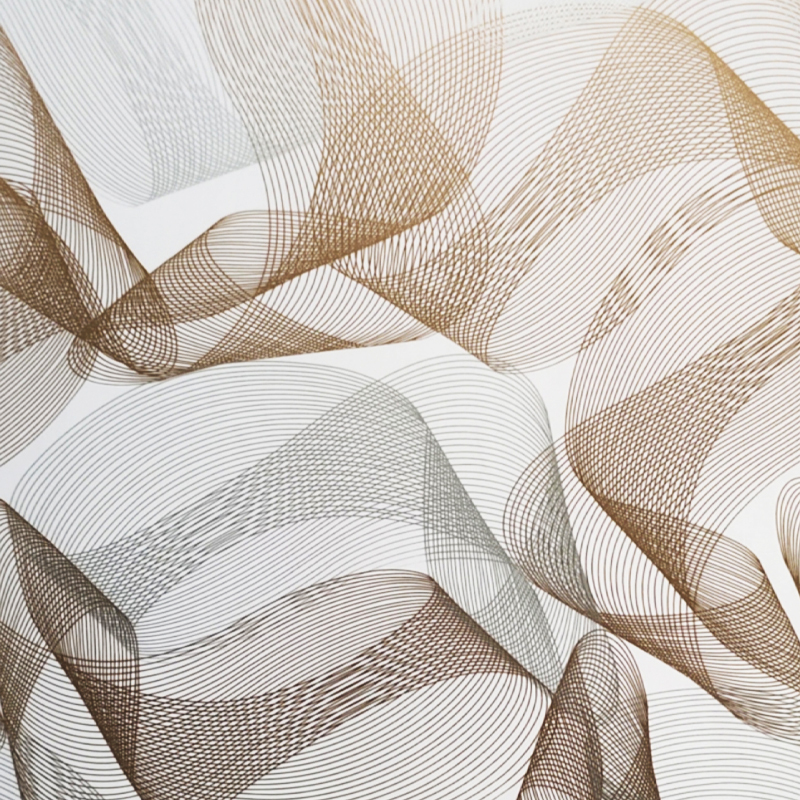How do Hot Stamping Foils maintain stability in high temperature and high humidity environments?
Hot Stamping Foils can remain stable in high temperature and high humidity environments, which mainly depends on the comprehensive optimization of its material selection, structural design and surface treatment technology. The following details its stability mechanism from multiple aspects:
1. Substrate selection and thermal stability
The substrate of hot stamping foil is usually polyethylene terephthalate (PET) film. This material has excellent thermal stability, can maintain dimensional deformation at high temperatures, and is not easy to melt or soften. The temperature resistance range of PET film can generally reach above 150°C, and will not shrink or expand significantly after heating, providing a stable support foundation for the entire foil layer.
2. Design of release layer
The release layer is located between the substrate and the color/metal layer, and plays a separating role during the hot pressing process. This layer is usually composed of wax or silicone materials, which can quickly soften and peel off when heated, and remain chemically inert at room temperature and high temperature and high humidity conditions, without hydrolysis or adhesion, thereby ensuring the controllability and consistency of the foil transfer process.
3. Corrosion resistance and compactness of the metal layer
For metal foils (such as gold, silver, etc.), the metal layer is usually deposited on the release layer by vacuum evaporation of aluminum or other metals. These metal layers are very thin but dense, with good anti-oxidation and anti-humidity properties. Aluminum itself forms a protective film of aluminum oxide in the air, which further prevents moisture penetration and corrosion, thereby maintaining its gloss and integrity in a humid environment.
4. Weather-resistant formula of the adhesive layer
The adhesive layer is a key part that determines the effect of hot stamping. It must be quickly activated under heat and pressure and firmly bonded to the substrate. High-quality adhesive layers use thermoplastic resins or modified polymers. These materials not only have good initial adhesion, but also have excellent water resistance and moisture resistance. The adhesive layer formed after curing is dense and not easy to absorb water, which can effectively resist delamination or blistering caused by moisture intrusion.
5. Barrier effect of surface protective layer
Some high-performance hot stamping foils will be coated with a protective varnish or UV coating on the outermost layer. This material can not only enhance wear resistance and glossiness, but more importantly, it can act as a physical barrier to prevent moisture and oxygen from entering the foil layer, thereby improving the overall environmental adaptability.

6. Auxiliary functions of additives
During the manufacturing process, some functional additives are also added, such as:
Antioxidants: prevent the material from oxidative degradation at high temperatures;
Ultraviolet absorbers: improve anti-aging ability and avoid discoloration caused by long-term light exposure;
Antistatic agents: reduce static adsorption caused by humidity changes and avoid dust pollution;
Waterproof resins: enhance the water resistance of the adhesive layer and prevent loss of adhesion in high humidity environments.
7. Strict production process and quality control
To ensure the stability of hot stamping foil in harsh environments, manufacturers usually conduct multiple tests, including:
High temperature and high humidity aging test (such as 40°C / 90% RH)
Thermal cycle test (simulating hot and cold alternating environment)
Water boiling test or water spray test
Peel strength and adhesion test
These tests ensure that the product can maintain excellent appearance and physical properties even in complex climatic conditions in actual applications.
8. Adaptability of application scenarios
Hot stamping foil is widely used in food packaging, pharmaceutical labels, outdoor signs, electronic product nameplates and other fields, which often face challenges such as high-temperature sterilization, humid storage or outdoor exposure. By customizing the foil formula and structure for different uses, it can effectively meet the use requirements in various harsh environments.
The reason why Hot Stamping Foils can remain stable in high temperature and high humidity environments is that they use high-performance substrates, optimized multi-layer structures, weather-resistant adhesive systems and a variety of functional additives. These factors work together to make the hot stamping pattern not only beautiful and long-lasting, but also maintain adhesion and visual effects for a long time in harsh environments.


 English
English русский
русский Español
Español عربى
عربى bahasa Indonesia
bahasa Indonesia
